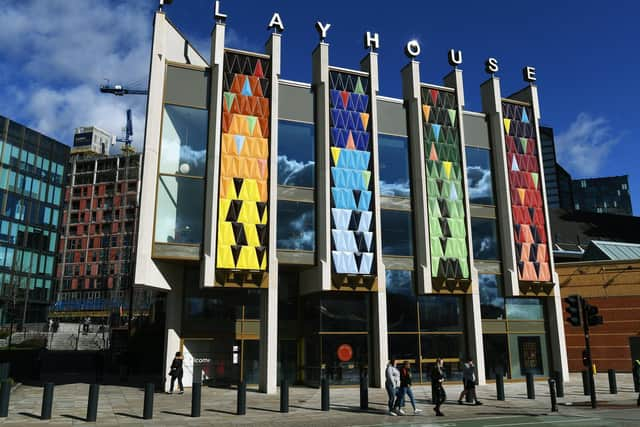Leeds District Heating Network: How it works, which buildings it heats and what is happening next
and live on Freeview channel 276
Leeds City Council's Executive Board is set to discuss the latest plans for its District Heating Network (DHN) at a meeting on Wednesday July 21.
The project has been running since 2019. Here is a guide to how it all works, and what’s going to happen next.
So what is a district heating network?


Advertisement
Hide AdAdvertisement
Hide AdThe network is formed by a series of insulated pipes which carry heated water from a central location to homes, rather than each individual property using a boiler. In Leeds’s case, the heat is provided by the Recycling and Energy Recovery Facility in Cross Green.
Water is heated by steam created at the plant by burning non-recyclable household waste. It is then taken via two insulated pipes, with one carrying the hot water to homes, and the other returning the water to the plant.
Sounds unusual...
It’s how some European countries heat most of their homes. Nearly two thirds of homes in Denmark are heated via DHNs, while Iceland harnesses its own geothermal activity to heat nearly every home using similar methods.
Which Leeds locations use it at the moment?
A 10km district housing network was installed in Leeds back in 2019, and provided heat to Leeds Playhouse and council tenants in multi-storey flats.
Advertisement
Hide AdAdvertisement
Hide AdAccording to a report from Leeds City Council officers, “at least nine new buildings” connected to the network in the past year. These include Leeds Town Hall, Civic Hall, City Museum, Art Gallery and Library.
It added: “Ongoing discussions, with a range of potential customers who are interested in connecting in the next few years, ensures that the network is set to establish itself in the city and become one of the largest networks being developed in the country.
“The increasing number of early adopters connecting to the network will result in higher annual levels of carbon savings across the city and ensure the DHN can play a key role in contributing to the council’s climate emergency ambitions of becoming net zero by 2030.”
So what’s happening now?
Leeds City Council is keen on trying to regenerate the so-called South Bank – an area close to the city centre that lies south of the River Aire.
Advertisement
Hide AdAdvertisement
Hide AdAs part of these efforts, the council’s decision-making Executive Board approved plans back in 2020 to extend the DHN into the South Bank area, It even secured a multi-million pound grant from the Heat Networks Investment Project (HNIP) to help make it happen.
However, the council now claims that the plans put too great a financial strain on the network, due in part to a lack of demand.
It stated: “The business case for this extension has proved difficult to deliver and is at present considered to place too great a financial risk on the overall business case for the DHN because of its Leeds PIPES District Heating Network: status update and securing future growth dependency on one customer.
“During project development, the heat demands from this specific extension have reduced by over 70 per cent of what was originally anticipated. Discussions remain ongoing, with the developer to explore ways to de-risk the investment to the council. In the event that new information is brought forward which improves the case, we will make the information available as soon as possible to the executive.”
Advertisement
Hide AdAdvertisement
Hide AdThe grant received by council to help build this part of the network, said to be around £2.438m, would be handed back to the HNIP.
The report added that, while it may not be workable at the moment, there may be opportunities in future to expand the network into that area of the city.
There is some good news for the scheme, however, as councillors will be asked to commit to further investment and to support a new bid to the HNIP to build an extension to the pipes to the Wellington Street area of the city.
Why are they doing this?
According to the Leeds PIPES network, which is overseeing the project, the scheme would mean users would only pay for the heat and hot water they used, adding that it could improve air quality and reduce carbon emissions.
Advertisement
Hide AdAdvertisement
Hide AdThere would also be no risk of carbon monoxide, as there would be no boiler inside a property.
Support the YEP and become a subscriber today. Enjoy unlimited access to local news and the latest on Leeds United, With a digital subscription, you see fewer ads, enjoy faster load times, and get access to exclusive newsletters and content. Click here to subscribe.